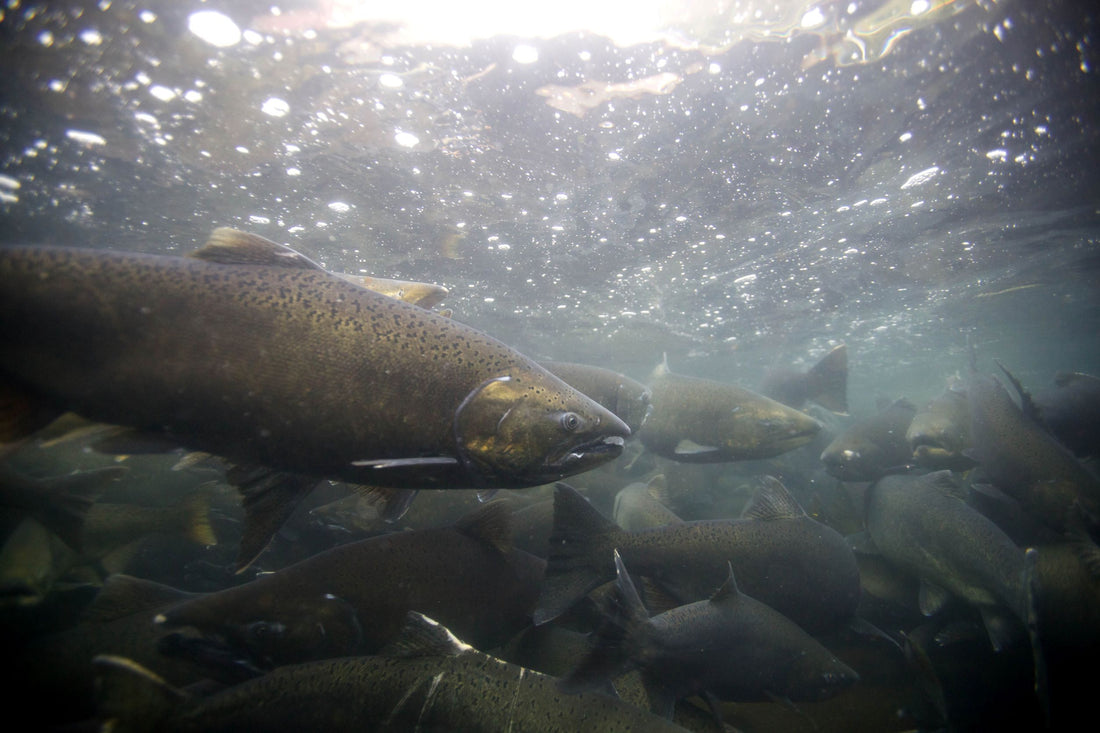Salmon have long been a favorite for fishermen in the U.S. They have also been popular in seafood consumption, with a mild flavor and tasty flesh. Salmon is also packed with numerous vitamins and minerals, and is especially well known for its high concentration of omega-3 fatty acids. It is also known to provide an excellent fight when hooked. With the salmon run fully underway in many places in the U.S, here are a few interesting facts about salmon.
The majority of salmon live in the Pacific Ocean, with one species in the Atlantic. The largest of these, the chinook, average about 3 feet in length and weigh around 10 to 50 pounds, though exceptionally large individuals have exceeded 100 pounds. Other notable salmon species include the coho and sockeye, both of which are highly sought after by anglers and diners alike.
Salmon are perhaps best known for their spawning behavior. They are typically born in freshwater streams and rivers, and make their way to the ocean. Upon reaching sexual maturity, salmon undertake one of the most incredible migrations of any animal. During this time salmon change color from silver to a more reddish hue, while males develop noticeably curved jaws and pointed teeth. Swimming upriver while avoiding predators is physically draining for those that survive long enough to spawn, and all die in the aftermath.
No salmon fishing trip would be complete without an Opah Gear fishing bag! With high carrying capacity, the ability to keep fish cold for up to 4 days, and a leakproof design, the Fathom line is more than capable of ensuring the freshness of your salmon catch. Whether you’re a commercial or sport fisherman, you won’t want to cast off without one!

